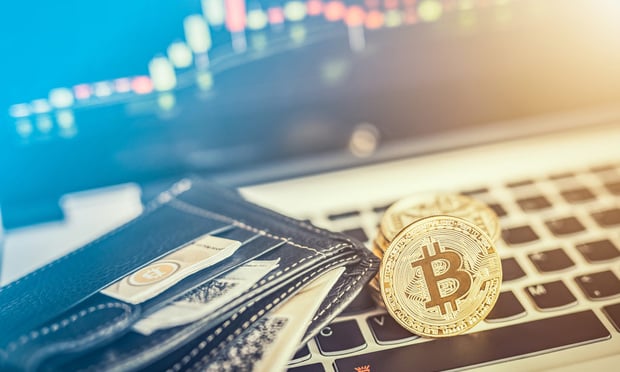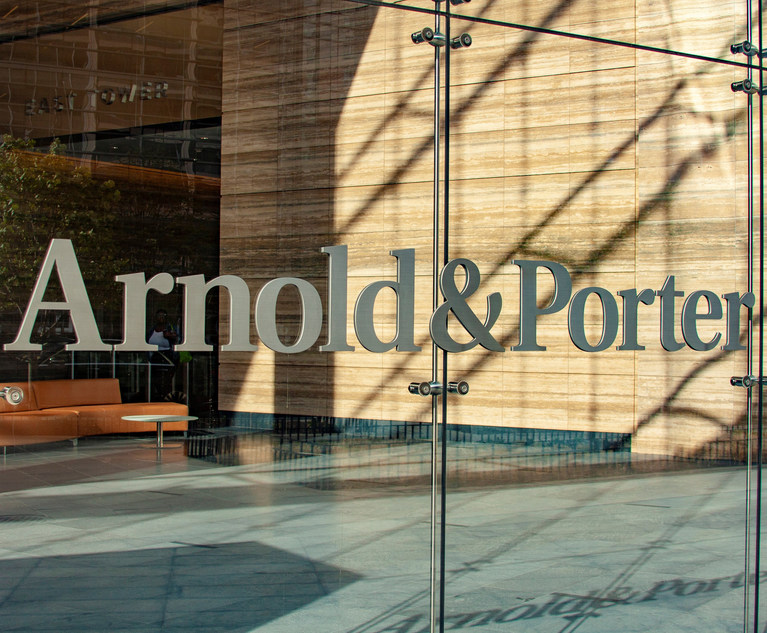Intellectual property, by its very nature, tends to pose challenges that traditional property does not. If I want to protect my valuable possessions, I can lock them up in a safe or install an alarm in my house. But the protection of intellectual property is not that simple. Of course, it is possible to protect the tangible forms intellectual property might take: a sound recording or customer list or source code implementation of a computer algorithm can be locked away in a physical or virtual vault. But the value of intellectual property typically comes from its use, not from the scarcity of any one physical copy of it. And since the entire concept of restricted use is a creation of law, it falls to the courts to figure out where that concept begins and ends. This determination often takes place in the context of a proceeding for an injunction.
Computer software is a good example of a product that has to be used if it is to have any value at all, but that loses its value if the owner cannot restrict that use to paying customers. If millions of people are using a company’s software, the company is happy—as long as it’s getting paid. But if the company loses control of the product, it must take steps to defend its rights. And the first step in that playbook is often to go to court and seek to restrain unlawful use of the intellectual property.


 Stephen M. Kramarsky
Stephen M. Kramarsky




